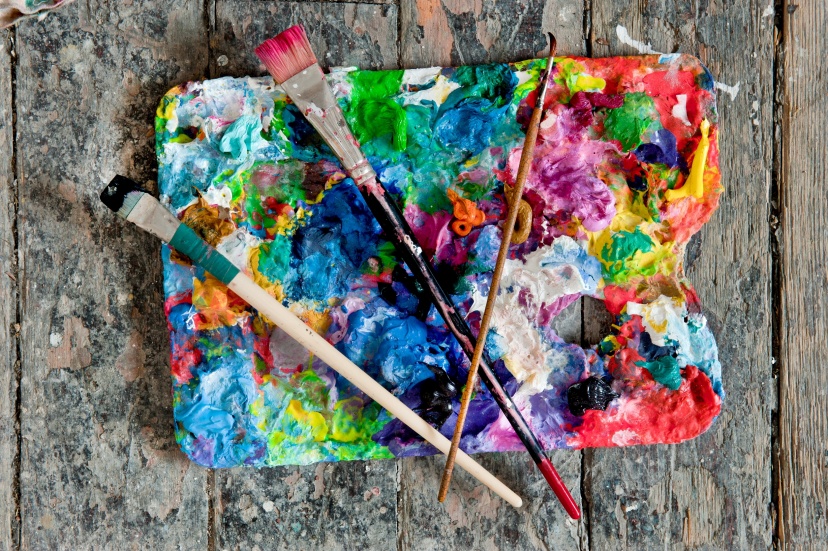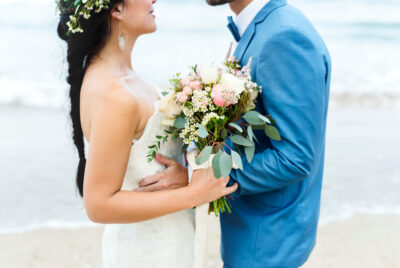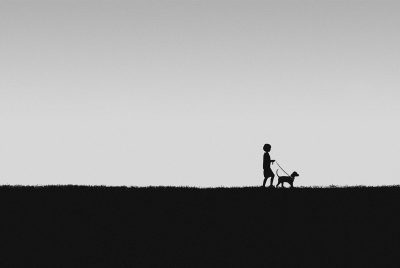Abstract Photography Ideas to Try Today
What is Abstract Photography?
Abstract photography is all about capturing subjects in a way that disconnects them from reality. Instead of showing what something is, you highlight colors, shapes, lines, textures, and patterns. Think of it as turning the ordinary into something extraordinary.
Breaking Away from Traditional Rules
With abstract work, you’re free to break the usual photography rules. No one expects a clear subject or perfect exposure—it’s about expression and interpretation.
Why Abstract Photography Works at Home
You don’t need unnatural landscapes or fancy studios. In fact, your home is filled with opportunities: kitchen utensils, glassware, fabrics, even a splash of water on a window can become the subject of a creative masterpiece.
>>> See TODAY’s deals for photo lighting kits HERE <<<
Getting Started with Creative Abstract Photography at Home
Choosing the Right Space
Pick a spot with flexible lighting—near a window, under a lamp, or even in your bathroom where moisture and mirrors live. You want control over your environment so you can experiment freely.
Using Natural vs Artificial Light
Morning sunlight through blinds can create bold lines and shadows. A desk lamp or even string lights can provide dramatic highlights at night. Mixing both types gives you endless variations.
Essential Tools for Abstract Photography
Camera and Lens Considerations
Any camera works, from a DSLR to a smartphone. A macro lens helps if you want to zoom into details, but don’t stress—it’s about creativity, not gear.
Everyday Objects as Props
Glass bottles, spoons, forks, water glasses, or even wrinkled aluminum foil can become stunning subjects.
Using Your Smartphone for Abstract Shots
Most smartphones today have strong cameras. Try portrait mode, night mode, or even manual controls. Apps like Snapseed let you tweak your images afterward.
Creative Abstract Photography Ideas at Home
Playing with Shadows and Silhouettes
Shadows turn ordinary objects into mysterious forms. Place a plant, a hand, or even kitchen utensils near a window for intriguing results.
How to Use Window Light
Stand your subject near blinds or patterned curtains. You’ll get geometric shadow designs across your wall or subject.
Adding Drama with Lamps
Use a desk lamp to spotlight a single object. Shift the angle until the shadow looks unusual—it’s often the oddest shapes that make the best abstracts.
Reflections and Glass Surfaces
Mirrors in Abstract Work
A simple handheld mirror can create surreal effects. Place an object against it and shoot from different perspectives for distorted, dream-like results.
Water and Condensation Tricks
Spray water droplets on glass, then place colorful objects behind it. The distortions create a painterly effect that feels almost otherworldly.
Macro Abstract Photography
Zooming into Textures
Textures are everywhere—wood grain, fabric fibers, soap bubbles. Get close enough and the viewer may not even recognize what it is.
Exploring Food Close-ups
Cut open fruit, zoom in on spices, or photograph melting ice cream. Everyday food becomes art when captured abstractly.
Color Play and Bold Backgrounds
Using Colored Paper
Layer sheets of bright paper and place objects on top. Bold backgrounds can transform a dull subject into something striking.
Shooting Through Transparent Plastic
Plastic wrap, bags, or colored cellophane bend light into abstract waves. Place it in front of your lens for dreamy distortions.
Motion Blur Experiments
Slow Shutter Techniques
Set your camera to a slower shutter speed, then move the camera slightly as you click. Even a bowl of fruit becomes unrecognizable art when blurred.
Panning with Household Objects
Spin a glass, wave a piece of fabric, or stir water while photographing it. Movement transforms still objects into abstract designs.
Editing Your Abstract Photos
Playing with Contrast and Saturation
Boosting contrast can emphasize shadows, while saturation turns subtle tones into bold explosions of color.
Cropping for Stronger Impact
Don’t hesitate to crop aggressively. Sometimes the magic hides in one tiny corner of your frame.
Black and White Abstracts
Removing color lets textures and patterns take center stage. A wrinkled sheet or cracked wall in monochrome becomes fine art.
Common Mistakes to Avoid
Overcomplicating Your Shot
Keep it simple. Too many elements can turn abstract photos into cluttered messes instead of clean, striking compositions.
Ignoring Composition Basics
Even in abstract work, composition matters. Use leading lines, symmetry, or the rule of thirds to keep your shot balanced.
Final Thoughts on Abstract Photography
Abstract photography at home is about experimenting and letting go of “what something is supposed to look like.” By focusing on shapes, colors, and textures, you’ll find endless opportunities right around you. The beauty of it? Every attempt teaches you something new, and no two images will ever be the same.
>>> See TODAY’s deals for photo lighting kits HERE <<<
FAQs
1. Do I need a professional camera for abstract photography?
No. Your smartphone is more than enough to start experimenting with creative abstract photography ideas at home.
2. How can I make my abstract photos more interesting?
Experiment with lighting, reflections, and unusual angles. Don’t be afraid to crop or edit boldly.
3. What’s the easiest abstract idea for beginners?
Start with shadows—simple objects placed near a window can create fascinating abstract effects.
4. Can I use household objects for abstract photography?
Absolutely. Anything from glassware to kitchen foil can become the hero of your photo.
5. How do I know if my abstract shot is “good”?
If it makes you look twice, sparks curiosity, or conveys a mood—it’s successful. Abstracts are subjective, so trust your instincts.




